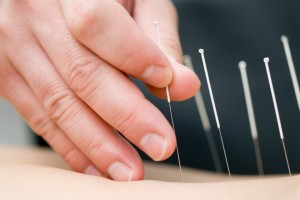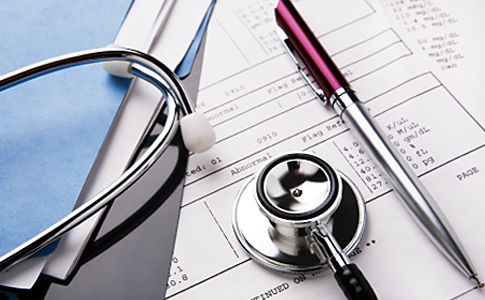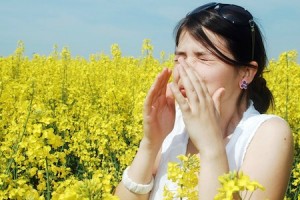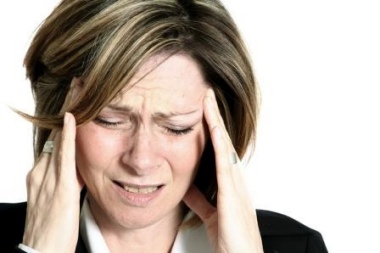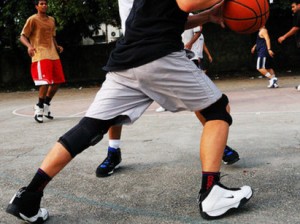
As an acupuncturist, everyday I hear the same questions over and over again; and guess what? I’d like to be able to answer them.
The truth is, to date, we don’t have a definitive answer to explain how acupuncture works in terms of modern science, but we’re working on it! Below is an article written by Josephine P. Briggs, M.D. from the National Centre for Complimentary and Alternative Medicine.
“As I’ve had the opportunity to meet with many of our stakeholders over the past 6 months, I have learned a lot. I’ve gained a greater appreciation of the complexities of studying CAM, the challenges to conducting rigorous research, and the need for setting clear priorities for the years ahead.
I’m proud of the work the Center has done in its first 10 years. Establishing a viable research enterprise in this field is a daunting task. We have attracted outstanding investigators from the leading academic institutions, established collaborative partnerships with CAM practitioners, and created training programs to expand the capacity for research in the years ahead. These are all fundamental steps to ensuring that the science of discovery on CAM will grow and mature.
These are important steps. But the public is often impatient, and we frequently hear “But what are the answers? What works, and what doesn’t?” News stories on CAM are numerous, but individual stories and even single research reports do not constitute an evidence base. Evidence-based medicine relies instead on careful, systematic reviews of the entire body of scientific literature using methods of information technology and statistics. One index of progress for NCCAM is an assessment of where we stand in the development of the evidence-base for CAM.
Acupuncture provides a telling example. American interest in acupuncture was piqued in the early 1970s with President Nixon’s visit to China. The press corps included New York Times correspondent James Reston, who, following emergency appendectomy surgery in Beijing, reported that acupuncture treatment had relieved his post-surgical pain and discomfort—a report that made headlines far beyond the New York Times. But Reston’s experience was met with skepticism and did not lead to changes in patterns of post-op pain management.
But things are changing. NCCAM has been steadily building a portfolio of basic and clinical research to understand acupuncture’s mechanisms of action. Basic studies have probed local effects of traditional acupuncture, electroacupuncture, and also laser acupuncture, as well as exploited brain imaging techniques to show, for example, that acupuncture affects structures of the limbic system involved in the affective/suffering components of pain. Neurochemical studies are revealing the effects of acupuncture on neurotransmitters such as noradrenaline and endogenous opioid peptides that are associated with descending endogenous pain-modulating systems. Other neurochemical studies are exploring whether acupuncture increases nonenzymatic nitric oxide generation and the role that may play in acupuncture effects, such as inducing noradrenaline release.
Clinical research is also keeping pace. A systematic review of randomized controlled clinical trials of acupuncture for postoperative pain, published in the August 2008 issue of the British Journal of Anaesthesia, demonstrated that acupuncture had clear value, that it decreased pain intensity and lowered opioid side effects. Recently, the American Pain Society and the American College of Physicians published new clinical treatment guidelines for persistent back pain that now include acupuncture as a treatment option.
The promise that Mr. Reston saw in this traditional practice is becoming a part of the portfolio of tools that providers can use to care for patients. Our job at NCCAM is to apply rigorous science in the pursuit of such areas of promise, and steadily build an evidence base.”

 In Autumn, we observe nature withdrawing inward. We see leaves wither on the branch as the trees gather energy inward and down to the deep center and roots to protect and guard vitality, like a precious secret, throughout the winter months.
In Autumn, we observe nature withdrawing inward. We see leaves wither on the branch as the trees gather energy inward and down to the deep center and roots to protect and guard vitality, like a precious secret, throughout the winter months.